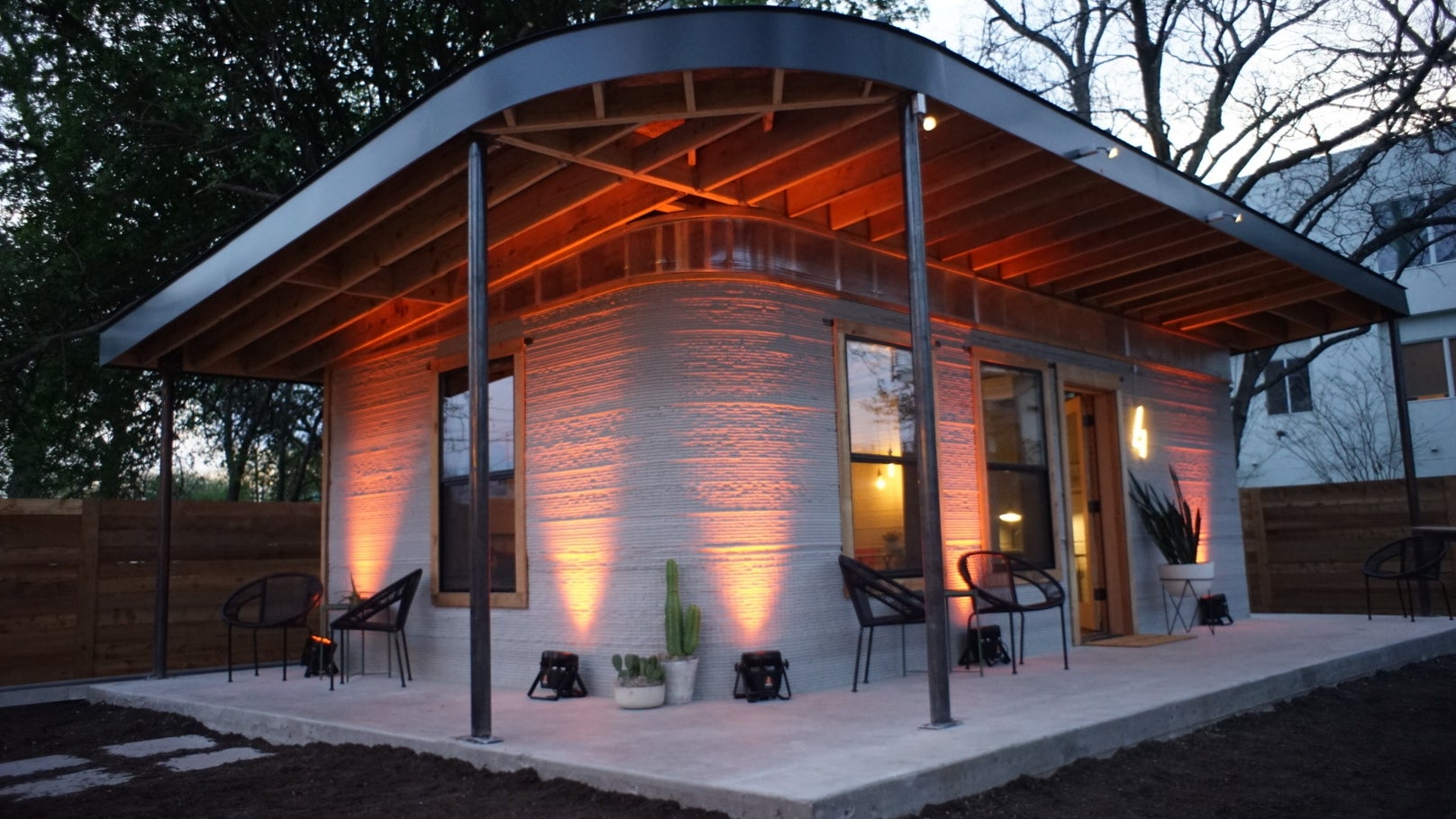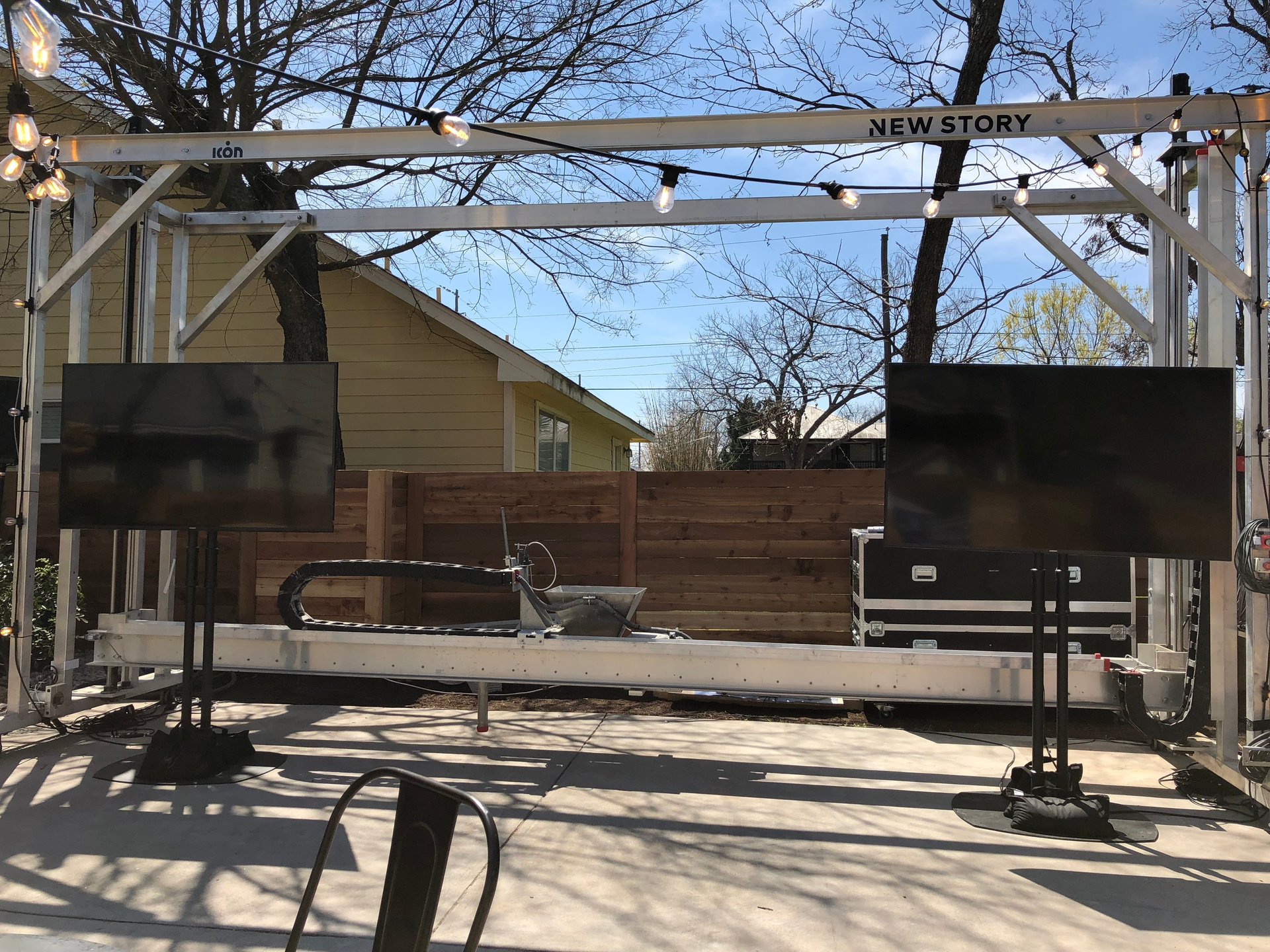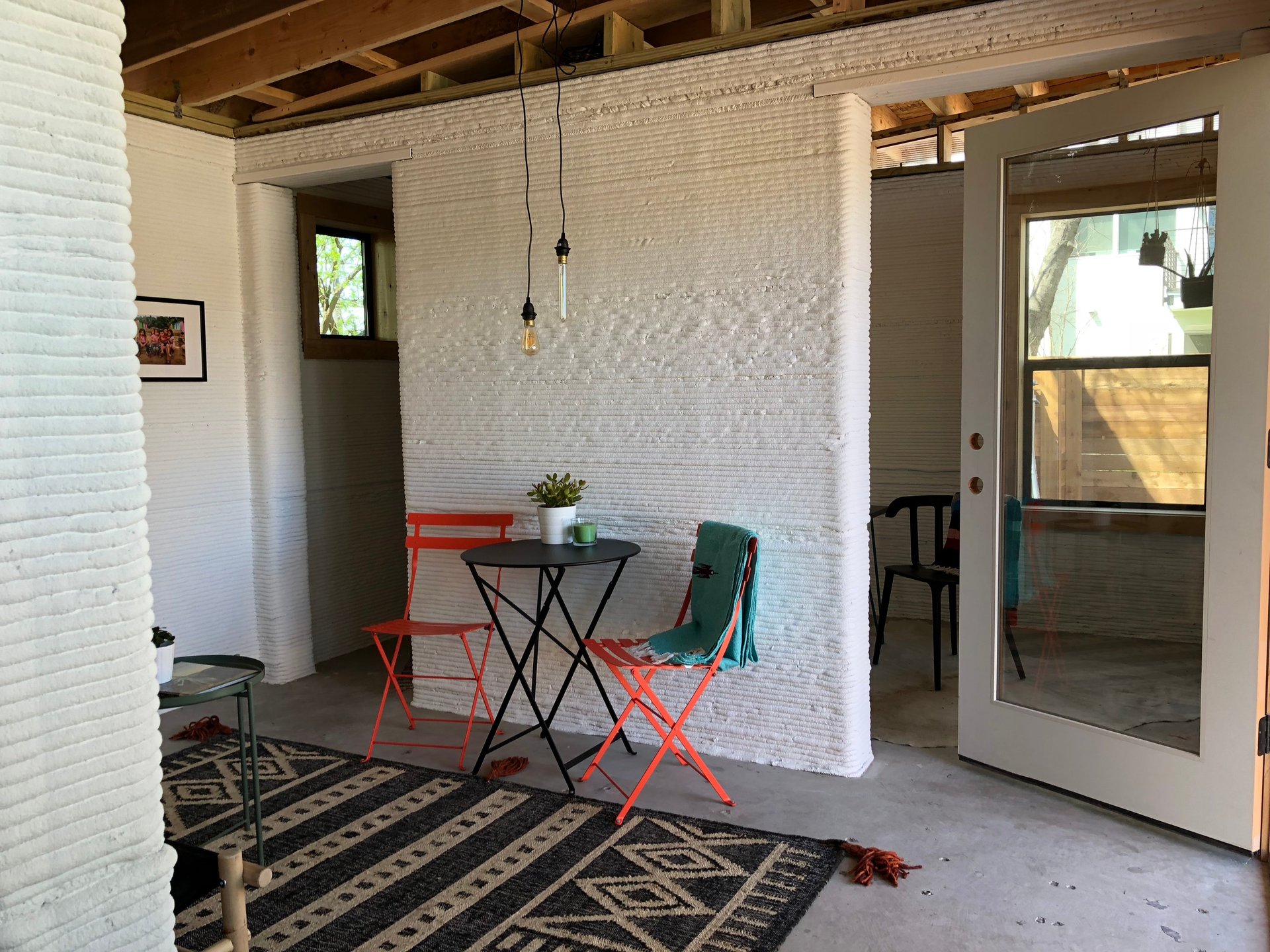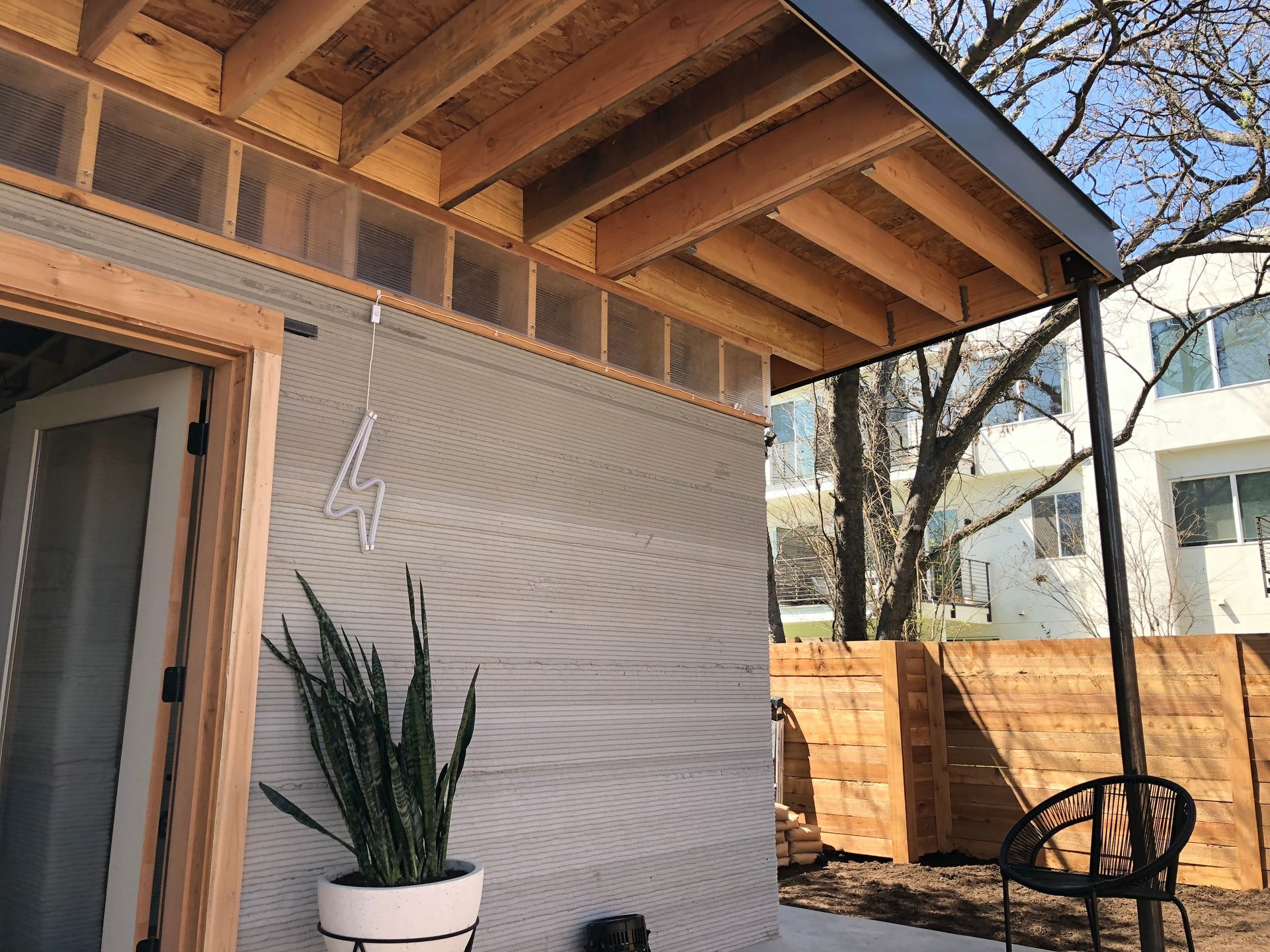You can now 3D-print a house in under a day
Austin, Texas


Austin, Texas
In the near future, building a new home may be as easy as printing out an airline boarding pass.
At South By Southwest today, New Story, a Y Combinator-backed charity that works to build houses for people in developing nations, and Icon, a robotics construction company in Austin, Texas, unveiled what is believed to be the first 3D-printed house that is fully up to code and permitted for people to inhabit.
The two organizations came together to show that it’s feasibly possible to build an easy-to-replicate house in under 24 hours. They plan to take this proof-of-concept and start producing small houses for families in countries like Haiti and El Salvador. The 800-sq-ft house cost around $10,000 to build using Icon’s proprietary Vulcan printer, but the company plans to eventually bring that price down to around $4,000. Theoretically, it could soon print one of the houses in about six hours, a representative for New Story told Quartz. But the process is still being ironed out—the house in Austin is the only one built so far.

The Vulcan printer was also on display, in the yard next to the lot where the house was printed. Massive, but still portable, the printer excretes a custom blend of concrete that hardens as it’s printed. The concrete is laid in 100 roughly one-inch-thick strands that hold their shape as they harden. Icon cofounder Evan Loomis told Quartz that the strength of the printed walls is stronger than cinderblocks after a few days of hardening, although the house is entirely habitable after it’s been set up.

After the walls are printed, New Story crew members come in and install windows, a wooden roof, basic plumbing, and electrical wiring which can be drilled right into the walls. The entire setup, including the finishing, takes under a day.
In the future, Icon would like to be able to develop robots that could automatically install the windows after the Vulcan finishing printing, and drones that could spray-paint the exterior walls. It’ll explore the possibility of printing roofs as well, but the technology for suspending concrete as it prints isn’t really feasible yet.

There are other groups working on printing houses, including Apis Cor in Russia, but the group in Austin believes its structure to be the first printed house that’s been deemed inhabitable by a local government. Icon hopes to eventually commercialize its house-printing technology in the US, where housing shortages are reaching severe levels in some larger cities. “Affordability is important,” Loomis said, “regardless of whether you’re in Austin or El Salvador.”
In theory, families could customize the design, arrange for a printer to come plop down on their land, and have a readymade house to move into a day later. Even the average Amazon delivery takes longer than that.